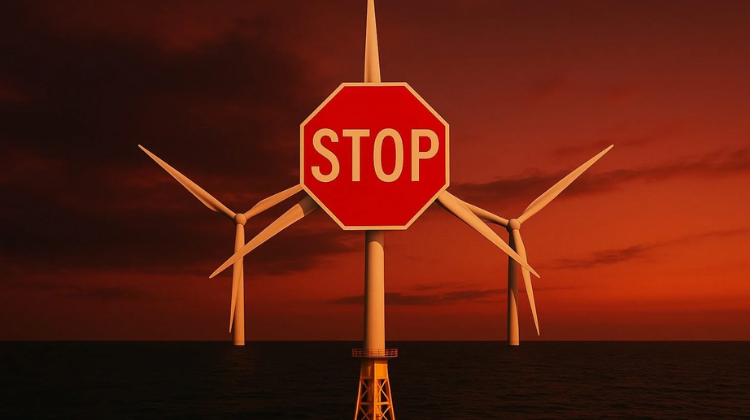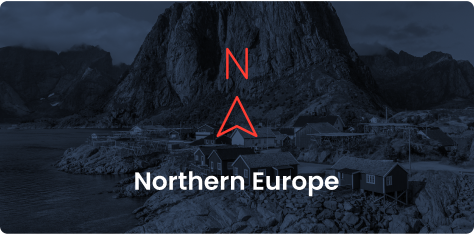Amid an unprecedented surge of renewable energy projects seeking access to the national grid, Terna—Italy’s national transmission system operator—is enacting a deep transformation in the way the country allocates grid capacity. The company has launched a microzonal planning strategy, dividing the country into 76 sub-regions, or microzones, to implement collective, territorially coordinated connection solutions. This shift seeks to address the growing imbalance between renewable energy ambitions and real grid integration capacity.
At the heart of this reform lies a key challenge: Italy is currently managing over 350 GW of pending connection requests, according to data from ADVANT and Terna, while the official 2030 renewable capacity target is only 65 GW, as outlined in the Piano Nazionale Integrato per l’Energia e il Clima (PNIEC). This means that developers have requested grid access for more than five times the national objective, revealing the magnitude of the bottleneck the system faces.
“The saturation of the electric grid is a serious problem,” stresses Silvia Comisso, Legal Trainee at GreenSquare Italia, during an in-depth conversation with Strategic Energy Europe. “The current uncertainty around grid access limits the ability to make long-term investment decisions.”
The reform, introduced under amendment 6.07 of the DL Bollette decree, aims to replace the traditional “first come, first served” model with a structured, collective allocation process based on microzonal connection plans. This transition gives priority to projects that have already obtained environmental and administrative authorizations, rather than simply those with early connection requests.
“One of the key advantages of this microzonal model is that it facilitates faster authorization procedures for projects that still lack permits,” explains Comisso. Under the proposed rules, Terna will have the power to grant connection solutions even when local nodes are technically saturated, as long as the projects meet the new prioritization criteria.
Alessandra Raponi, Avvocato Energy & Corporate M&A at GreenSquare Italia, notes that this approach “will create a structural shift in how connection rights are allocated.” She adds, “Projects that are only strategically positioned but lack permits will likely lose their edge under the new system.”
This policy shift also reflects a broader institutional trend. Shortly after the amendment was withdrawn for technical and procedural refinement, the Ministry of Environment and Energy Security (MASE) convened a working group with Terna, ARERA (the national regulator), and distribution system operators (DSOs). Their objective is to propose an integrated reform that spans both high-voltage transmission and medium/low-voltage distribution networks, to address grid saturation holistically.
While the industry awaits regulatory clarity, Terna has already taken practical steps by implementing the TE.R.R.A. portal, which will be updated quarterly. This tool will publish data on the maximum additional capacity available per microzone, based on connection requests, authorizations, and the commissioning status of new plants.
In this transitional phase, the stakes are high. “Projects without validated connection solutions and no authorization could lose their grid rights altogether once ARERA’s new rules come into force,” warns Comisso. Legal disputes are likely if developers who received preliminary approval under the old system find their projects voided without due process.
The numbers involved underscore the challenge: of the 354.35 GW in requests, 152.98 GW come from solar PV, 109.09 GW from onshore wind, 89.16 GW from offshore wind, and 3.12 GW from other renewable sources. This demand is highly concentrated in southern and central regions like Puglia, Sicily, Sardinia, Basilicata, and Lazio, further complicating territorial balancing.
Ludovica Terenzi, Founder of GreenSquare Italia, highlights the strategic implications for developers and investors. “This model can give developers more predictability around their ability to connect, which directly impacts investment decisions,” she explains. “If the grid access problem is solved, many stalled projects could be unlocked.”
Terenzi emphasizes that project bankability often hinges on grid certainty, especially in markets with complex permitting and slow institutional timelines. “Right now, the number of connection requests far exceeds what the grid can handle. That creates a race for permits and connection rights,” she adds.
In conclusion, the transition to microzonal planning—if fully implemented—could be a game changer for Italy’s energy transition. But GreenSquare’s legal team urges caution. “Italy and other countries are trying to regulate this booming sector, but a clear and organized framework is still missing,” concludes Comisso. “The sooner this reform is finalized, the sooner the sector can move forward with confidence.”































